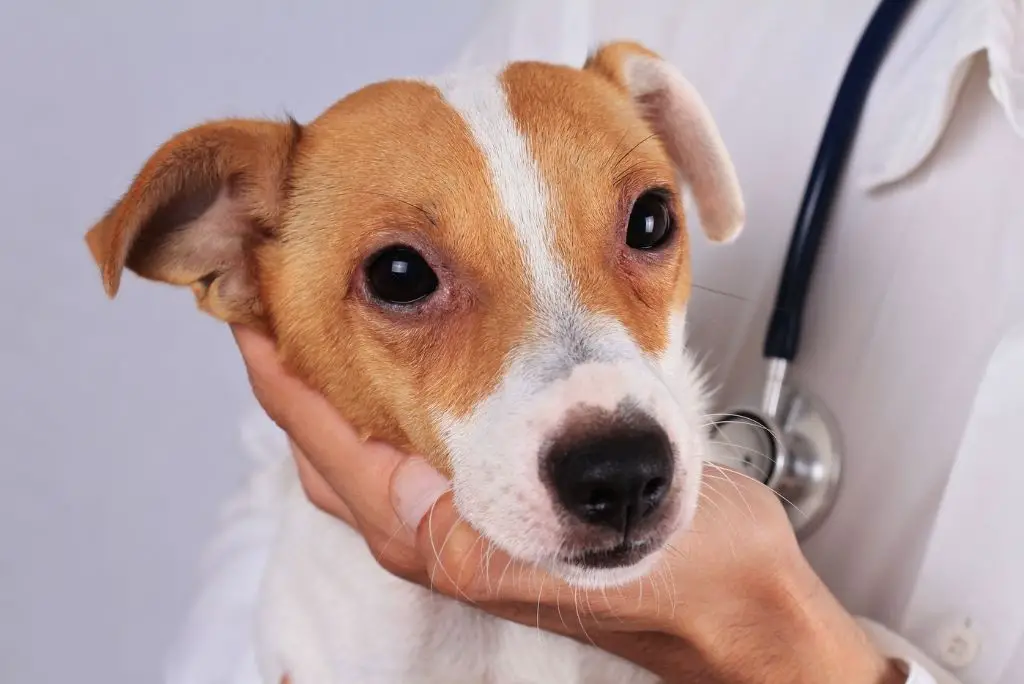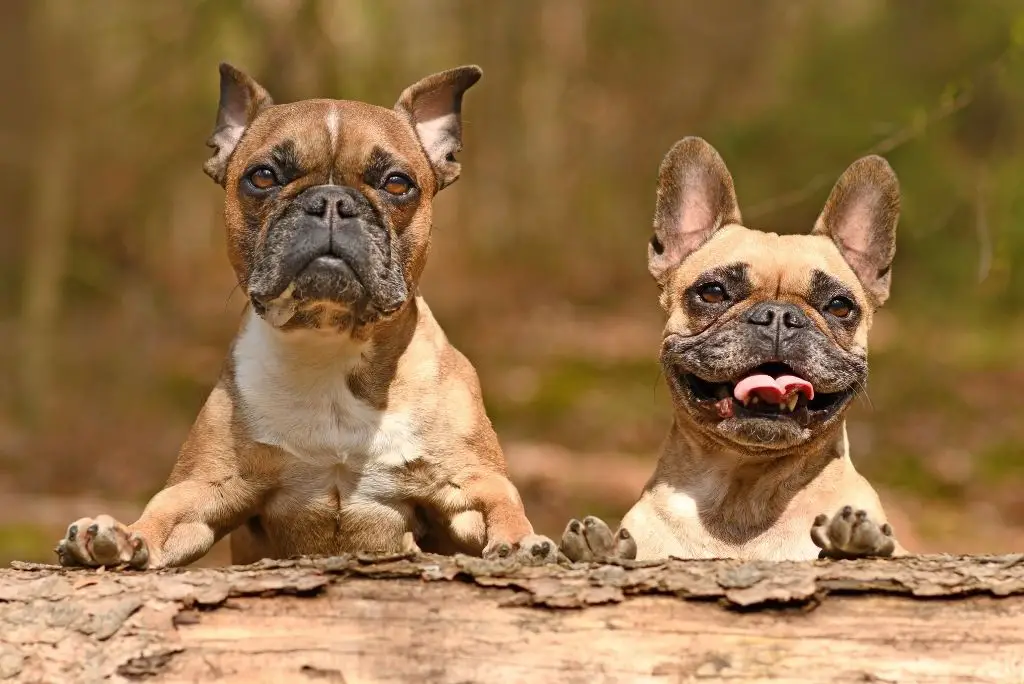Most of the time, when a dog has a runny nose is nothing to worry about. However, chronic or severe nasal discharge can be an indication of a serious health issue that needs to be addressed.
Nasal discharge is produced by the respiratory system but there are different types of discharge that can range from watery to thick and can sometimes be accompanied by other symptoms. It’s important to keep an eye out if your dog has a runny nose so that the cause can be determined and treated as soon as possible.
Article contents
6 common reasons why a dog has a runny nose
A runny nose is nothing to worry about when you see that the nasal discharge is clear and watery and only during a short period of time. It can be a simple sign of nervousness. However, if it has a color other than clear it may contain blood or pus. This is a sign that there might be something wrong. There are many causes for a runny nose in dogs. From something as simple as a seasonal allergy to more serious issues like cancer. Here are some common reasons why a dog has a runny nose.
1. Allergies
Like people, dogs can also have allergies and they can be allergic to a variety of things such as pollens, some foods, or mites. Allergies are by far the most common cause of nasal discharge in dogs which, in this case, is usually clear and watery.
However, the symptoms of an allergic reaction in dogs may not stop at a runny nose. It can also include sneezing, coughing, itchiness, nosebleed, eye discharge, and other breathing problems just like what happens in humans.
If you’re able to identify what is causing the allergic reaction, such as fleas, keeping your dog away from it is the best way to treat and prevent it. If you’re not sure what is causing the reaction or you’re not able to avoid it, talk to your vet and see what you can do to help your dog.

2. Nasal blockage
It’s possible that a dog has a runny nose because there’s something stuck in one of its nostrils, causing a blockage. Usually, when this happens the discharge only comes from the nostril that has the blockage and the dog may sneeze, paw at its nose, and sometimes even have nosebleeds. If you encounter this, and it’s safe, carefully remove whatever is causing the blockage with the help of a pair of tweezers. If you don’t think you’re able to safely remove it without hurting your dog, don’t risk it and go to the vet as soon as possible.
In more severe cases, a vet may need to use sedation in order to dislodge whatever is causing the blockage and then prescribe medication to prevent infection.
3. Kennel Cough
The kennel cough is the equivalent of a cold in dogs. Much like a cold in humans, most cases don’t require any special attention but some dogs can develop more serious complications that require medical assistance. Kennel cough is extremely contagious which means that when a dog is infected, it should be kept far away from any healthy pets.
Besides a runny nose, other symptoms of kennel cough include a dry and hacking cough frequently followed by a gagging sound. In more severe cases, dogs may tremble and show signs of lethargy. At this point, it’s best to go to the vet for specialized treatment. This disease is preventable by giving your dog a vaccine at 8 weeks and 12 weeks of age and once a year after that. If you’re considering grooming or boarding services for your dog, be aware that the kennel cough vaccine is required by most of these facilities.
4. Infection
Dog’s with a nasal discharge of mucus or pus may have a bacterial, fungal, or viral infection. Besides nasal discharge, other signs of an infection can include bad odor, nosebleeds, and coughing. If your dog is showing signs of infection it’s time to take it to the vet straight away. The treatment will depend on the cause of the infection. If it’s a bacterial infection your vet may prescribe antibiotics or, if it’s a fungal infection the treatment will include antifungal drugs.

5. Nostril problems
Some breeds typically suffer from runny noses due to their genetics. This is especially common in brachycephalic breeds such as boxers and pugs as they can have trouble breathing due to how their airways are built. With time, these nostril problems can also get worse as the cartilage in the nasal passage becomes weaker. In some cases, surgery may fix these problems although many dogs are able to have a long life with a mild runny nose.
6. Tumors and Polyps
Dogs with nasal polyps or tumors usually have a nasal discharge with blood, pus, or mucus. They may also show other symptoms such as noisy breathing, a bulge on one side of the nose, and, even loss of appetite. Polyps are overgrown mucus-producing glands and may be treated with surgery. However, because polyps tend to reappear, there might be a need for additional treatment.
As for nasal tumors, the treatment will vary. Most benign tumors can be removed with surgery but the cancerous ones may need to be treated using radiation, as surgical removal in dogs is rarely successful.
Making sense of it all
It’s usually said that a wet nose is a sign of a healthy dog. Unfortunately, that’s not always true and there are many reasons why a dog has a runny nose. Ideally, you’ll want to know what your dog’s nose looks like when it’s healthy. This will make it easier for you to spot any of the symptoms described above and identify a possible reason for the nasal discharge.
Knowing what to look out for and when to take your dog to the vet can help you act fast. This means your dog can get the proper treatment before the problem gets worse which increases the chances of a successful and speedy recovery.
